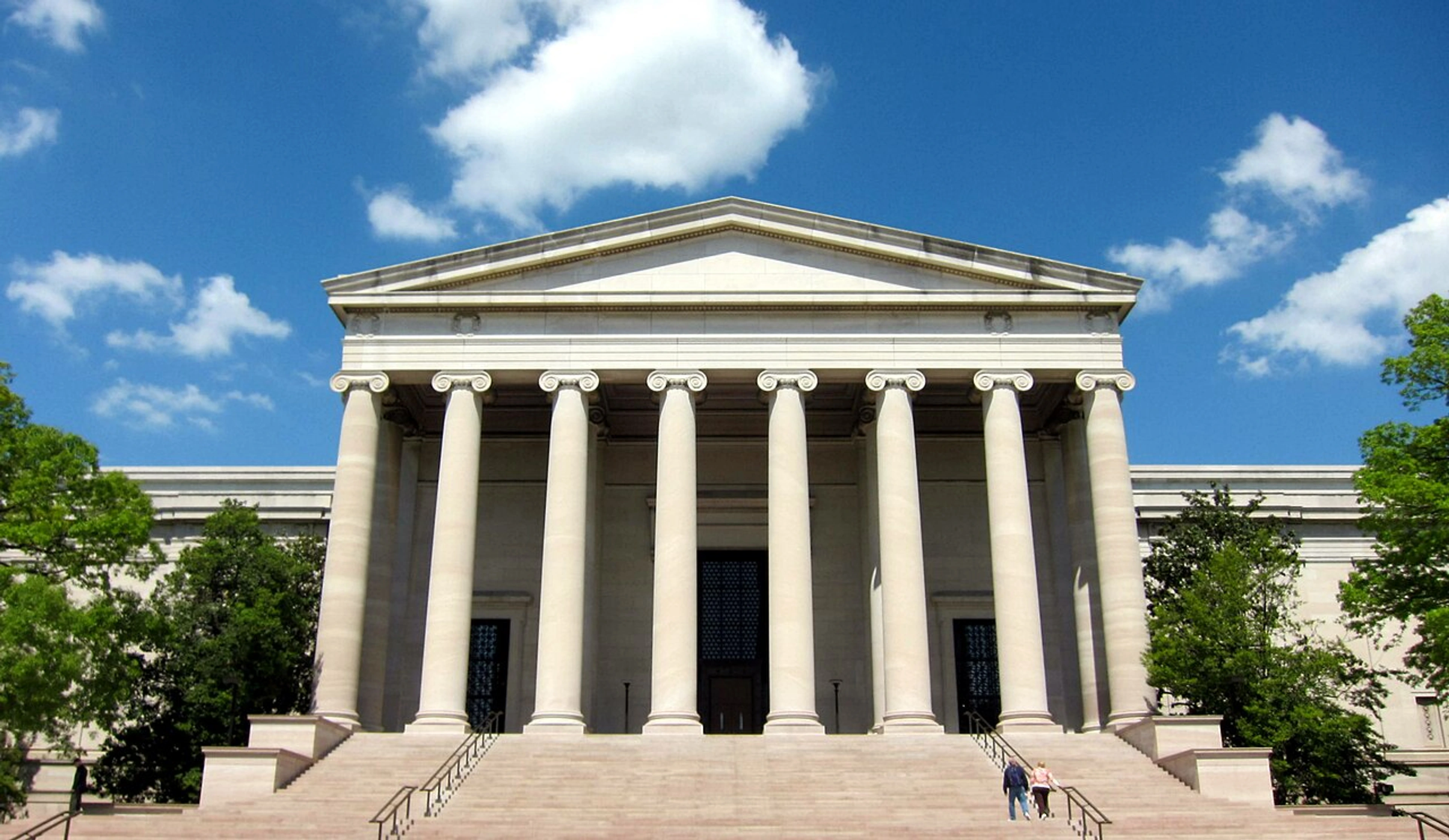
Uffizi Gallery Florence: A Curator's Guide for First-Time Visitors
Conquer the Uffizi Gallery with this curator's insider guide. Learn how to book tickets, beat the crowds, discover must-see Renaissance masterpieces, and explore hidden gems. Plan your unforgettable first visit to Florence's iconic art museum.
A Curator's Unfiltered Guide to Conquering the Uffizi Gallery for First-Timers
My first encounter with the Uffizi Gallery was… well, a bit like trying to drink from a firehose of pure, unadulterated Renaissance genius, wasn't it? I remember standing there, a delightful cocktail of awe and utter bewilderment, and yes, I ended up in a room full of ancient Roman busts looking for the bathroom. It’s a genuine treasure chest, but it can feel like you’ve been given the keys without a clue which gem to gaze at first. For me, the Uffizi Gallery is more than a museum; it’s a living, breathing testament to human creativity and a pivotal site in the development of art history itself. As someone who’s spent a fair bit of my life wandering these hallowed halls—and occasionally getting pleasantly lost—I’m here to cut through the noise, demystify the experience, and share my rather specific, art-obsessed insights. Consider me your slightly eccentric, coffee-fueled guide, ensuring your first visit to this iconic cradle of Renaissance art is nothing short of unforgettable, and crucially, un-overwhelming. In this guide, we'll first tackle the essential logistics, then deep-dive into the undeniable must-see masterpieces, before venturing into the surprising hidden gems beyond the main halls, and finally, connecting all that incredible art to the vibrant city itself. This isn't just a list of paintings; it's an invitation to see the Uffizi through the eyes of someone who lives and breathes art, and to find your own creative spark within its walls.

First, Let's Talk Logistics (Because No One Likes Waiting)
Let’s be real: no matter how much you adore art, waiting in a ridiculously long line can kill the magic faster than you can say “Botticelli.” So, let’s get the practical stuff out of the way first. Trust me, a little planning goes a long way here.
Tickets: Your Golden Key (Book Ahead, Seriously!)
This isn't a place where you can simply 'turn up and see' – not unless your idea of a good time involves an extraordinary amount of patience, anyway. Online booking is, in my professional and personal opinion, non-negotiable. I can’t stress this enough. Grab your tickets well in advance directly from the official Uffizi website or a reputable reseller. You'll thank me later when you glide past those queues like a true VIP.
Often, people ask about flexibility versus timed entry. My take? Embrace the timed entry. It means fewer people are allowed in at once, creating a slightly more breathable (and enjoyable) experience inside. Plus, it gives you a clear goal, a moment to aim for – which, let's be honest, is always helpful in a place this vast.
When to Visit: Outsmarting the Crowds
My secret? Early mornings right at opening, or late afternoons closer to closing. These are generally your best bets for a slightly less frenetic atmosphere. Weekdays, naturally, are usually kinder than weekends, and visiting in the shoulder seasons (spring or fall) rather than the peak summer months can transform your experience entirely. A Tuesday in November is a different beast to a Saturday in July, believe you me. If you’re really planning ahead, consider visiting outside major Florentine events like the Maggio Musicale Fiorentino (May/June opera festival) or the popular Pitti Uomo fashion fair (January/June) if you want to avoid peak hotel prices and even bigger crowds.
And speaking of planning, remember that the Uffizi is typically closed on Mondays, so don't plan your visit for then! Always check their official website for the most current opening hours, especially around public holidays.
Here's my quick guide:
Best Times | Worst Times | Seasons |
|---|---|---|
| Early mornings (opening) | Mid-day | Shoulder (Spring/Fall) |
| Late afternoons (closing) | Weekends | Off-peak (Winter) |
| Weekdays | Peak Summer |
What to Wear and Bring: Practicalities for a Perfect Day
Florence is beautiful, but walking through the Uffizi for hours can be surprisingly strenuous! So, put on your most comfortable shoes – seriously, your feet will thank you. Layers are also your friend, as museum temperatures can vary. As for what to bring, think light. A small bag is best, as anything larger (including umbrellas) will need to be checked in the free cloakroom. Trust me, navigating the crowds unencumbered is a game-changer. Also, bring a reusable water bottle (you can often refill them at designated spots) and perhaps a small notebook for jotting down inspirations – a habit I've never broken.
The Layout: A Loop Through History, and Power
Now that we've got the logistics down, let's talk about the space itself. The Uffizi is primarily housed in a grand U-shaped building, an architectural marvel designed by Giorgio Vasari in the 16th century. 'Uffizi' itself simply means 'offices' in old Florentine dialect – a nod to its original purpose: housing the administrative heart of the Florentine magistrates. But, and this is where it gets interesting, it also served as a very deliberate, very public display of the powerful Medici family’s burgeoning art collection. Imagine it: a strategic demonstration of cultural and political power, a silent declaration of their influence. Giants like Cosimo the Elder and Lorenzo the Magnificent weren't just patrons; they were visionaries who deeply understood art’s power to legitimize their rule and enrich their city, fostering an era of unparalleled creativity. Over centuries, what began as a private family showcase gradually, beautifully, transformed into one of the world's first modern public museums. It was a fascinating evolution, driven by the Enlightenment's push for public access and the eventual demise of dynastic rule, a shift that I believe fundamentally changed how museums would be designed and experienced for centuries to come. You’re not just walking through rooms of paintings; you’re tracing the very lineage of art curation and public access itself. While that U-shape sounds straightforward, trust me, it can be wonderfully, gloriously disorienting once you’re surrounded by the sheer volume of masterpieces and the palpable hum of history.
My golden rule for first-timers? Don't even try to see everything. You'll only invite 'museum fatigue' – that dreadful state where all the beauty blurs into one exhausted memory. Instead, pick your battles, embrace the true highlights, and allow yourself to genuinely connect with a few pieces. After all, you're experiencing a pivotal moment in the history of art – let it breathe!
The Masterpieces: My Absolutely Must-See List
Alright, deep breaths. This is where the magic really happens. So, which masterpieces truly define the Uffizi Gallery experience for a first-timer? If you're like me, you'll have a few pieces etched in your mind before you even arrive, images you’ve seen in books or documentaries. And seeing them in person? It’s an entirely different sensation. Here are the ones I tell everyone to seek out, the heart-stoppers, the conversation starters, each a beacon of its artistic era. And a quick tip to beat museum fatigue: take your time in each room, but don't feel obligated to see every single piece. Focus on the ones that truly call to you.
Botticelli's Room: Where Venus Was Born (and Springs Arrive)
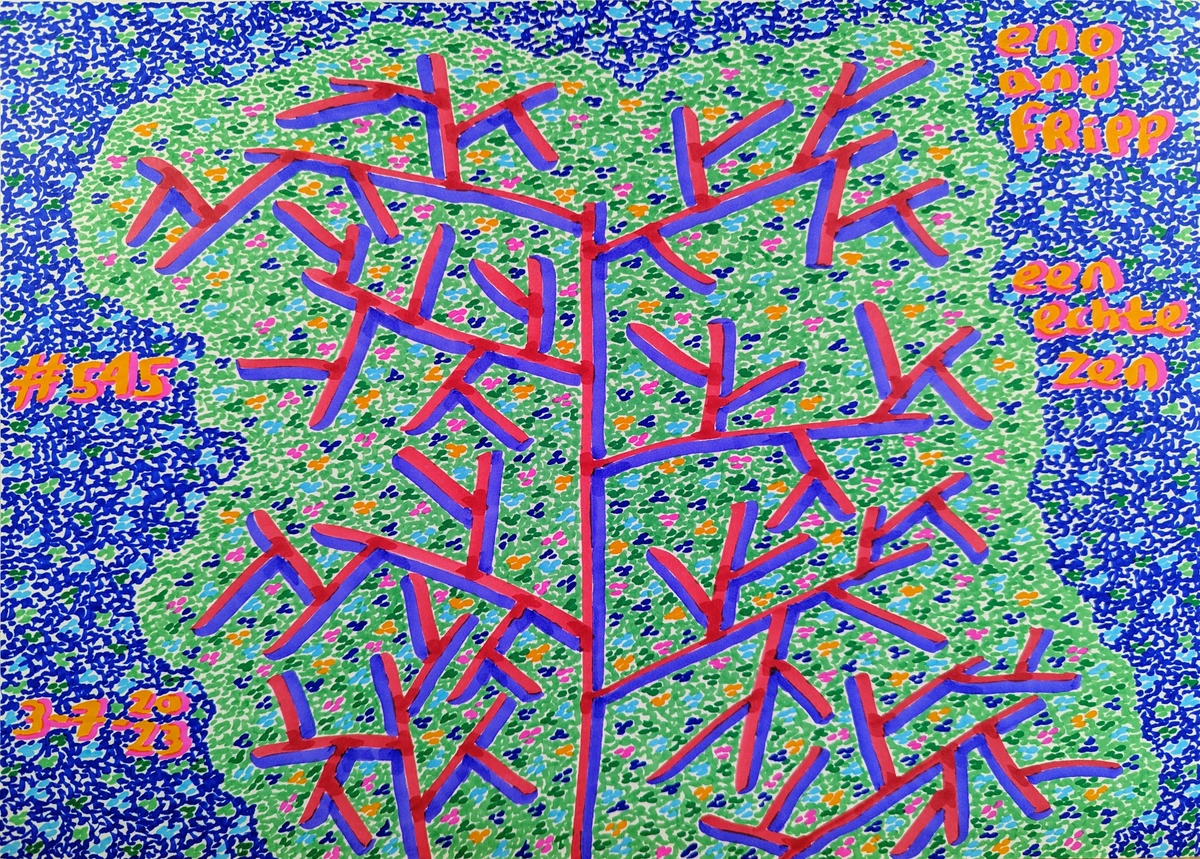
This is often where people spend the most time, and for good reason. Sandro Botticelli, a master of the Early Renaissance, presents The Birth of Venus, which for me, is more than just a painting; it's a cultural touchstone. Imagine, the first full-scale, non-religious nude since antiquity! The sheer elegance, the ethereal beauty, the gentle flow of the drapery – it's all just breathtaking. I remember being utterly mesmerized, feeling like I could almost hear the waves, and genuinely marveling at how Botticelli’s masterful use of line and ethereal pigments could make a painting feel so vibrantly alive. For me, it feels like more than just a story on canvas; it's the very blossoming of Renaissance ideals made visible, a profound reawakening of classical thought and aesthetic. Right nearby is his Primavera, a fantastical allegory bursting with life and vibrant colors. I'm always struck by the intricate details and the narrative it weaves, a true testament to the genius of Botticelli. It’s a room that truly transports you. Seriously, take your time here. Let Venus whisper her secrets, and revel in the blossoming of Renaissance ideals. This is where beauty itself feels born anew. Afterwards, perhaps find a bench and let the ethereal glow of Botticelli's work settle before moving on.
Leonardo da Vinci's Annunciation
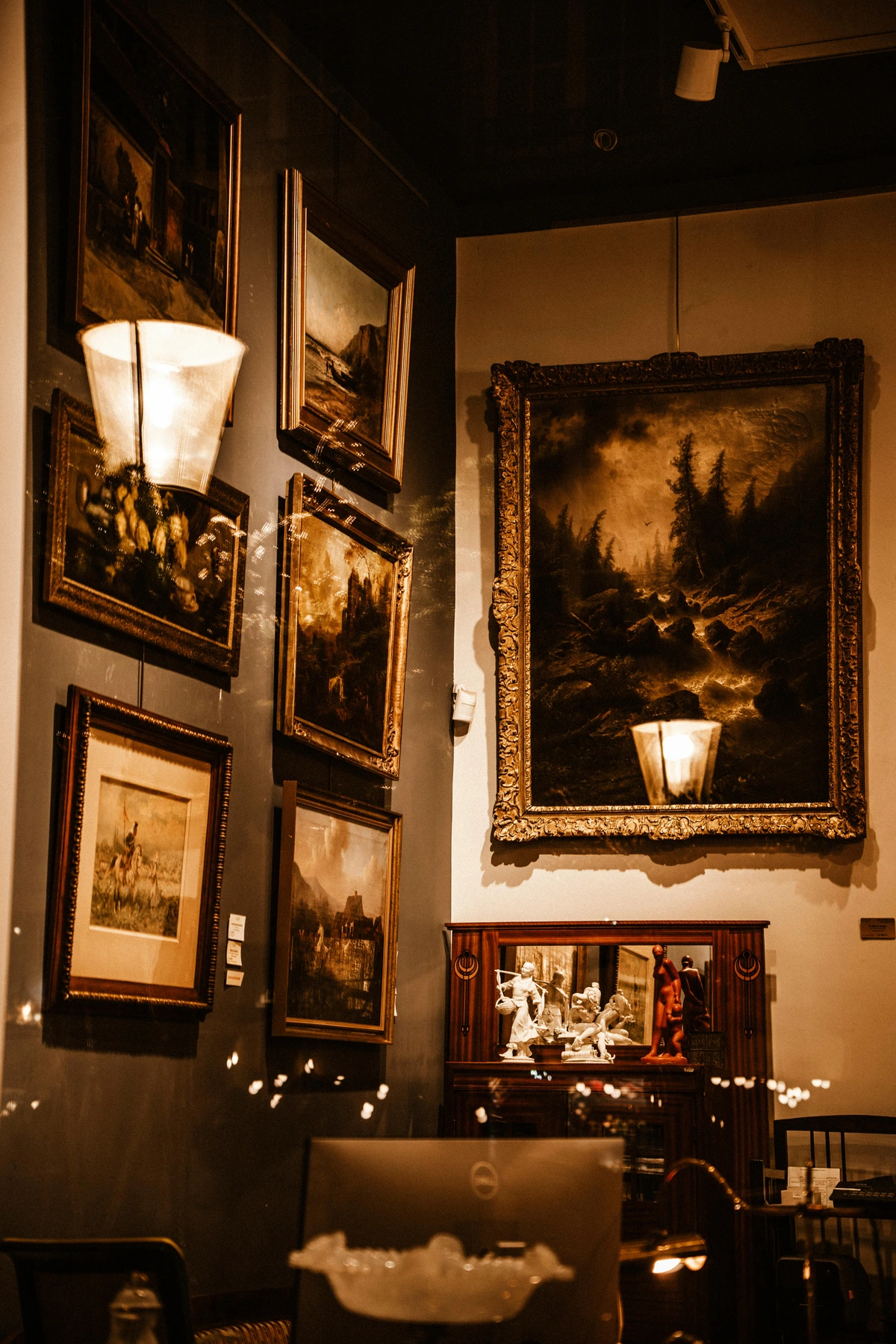
From Botticelli's mythical world, we shift to the profound humanism of Leonardo's Annunciation, an early work by the High Renaissance titan. Notice the subtle twist in Mary’s posture, the way the light catches the angel’s wings, the incredible detail in the landscape. Here, I'm always struck by the nascent brilliance of his sfumato – that delicate blurring of lines and colors, creating a soft, hazy effect – and his meticulous observation that would redefine naturalism in art. This technique, a subtle graduation of tones and colors, creates an almost imperceptible transition between light and shadow, giving the figures a profound sense of depth and realism. As an artist, it's fascinating to see how even in early works, true genius announces itself, subtly yet profoundly, setting the stage for what would become his signature style. It always makes me ponder the quiet, profound moments that shape history, both grand and personal. You can almost feel the sacred stillness of that moment, frozen in time, anticipating a world-changing announcement that resonates through the ages. Its serene grace offers a wonderful contrast to the next piece.
Caravaggio's Medusa

Then, turn a corner and brace yourself for Caravaggio's Medusa. This isn't a serene beauty; it's raw, intense, almost jumps out at you with its visceral impact. It’s a painting on canvas, yes, mounted on a wooden ceremonial shield, depicting the terrifying Gorgon just after her decapitation by Perseus. For me, it’s a portrait that truly rattles, a visceral depiction of terror and defiance that perfectly epitomizes the dramatic flair of the Baroque era. The way he captures that fleeting moment of horror with such dramatic light and shadow is just beyond masterful. This is his famous tenebrism at play – a dramatic, almost theatrical spotlight effect that plunges much of the canvas into darkness, making the highlighted figures leap out at you with startling realism. As an artist, I’m always struck by his audacious use of chiaroscuro to heighten emotion and raw impact; it’s a trick I often try to learn from, even in my abstract work, trying to find ways to make certain elements truly pop. It’s not comfortable, but it’s undeniably powerful. Prepare to be rattled, in the best possible way, by art that feels utterly, uncomfortably real and defies time. Take a moment to compose yourself after this one!
Michelangelo's Doni Tondo (Holy Family)

Ah, Michelangelo! His only panel painting, the Doni Tondo (or Holy Family), is a burst of energy, marking a bold transition into the Mannerist style. Look at the vibrant, almost acidic colors, the monumental, sculptural quality of the figures – I mean, you can practically feel his sculptor’s hand at work, shaping form and mass with paint as if it were marble! The way they twist and turn with that characteristic terribilità – his awe-inspiring power and grandeur, even when working with paint instead of stone – is breathtaking. It’s a visual battle between mediums, an artist wrestling, beautifully, with the boundaries of his craft – a struggle I find myself in almost daily, but with paint, not marble. Unlike the harmonious balance of the High Renaissance, the Doni Tondo pushes boundaries with its dynamic, almost contorted composition and slightly elongated forms, paving the way for the more expressive and emotionally charged art to come. It’s a powerful, dynamic piece that showcases his incredible command of the human form and an artist wrestling, beautifully, with the boundaries of his medium. It's like witnessing a sculptural masterpiece exploding with color, a testament to raw creative force and a turning point in art history. The sheer physicality here makes Raphael's elegance all the more striking.
Raphael's Madonna of the Goldfinch
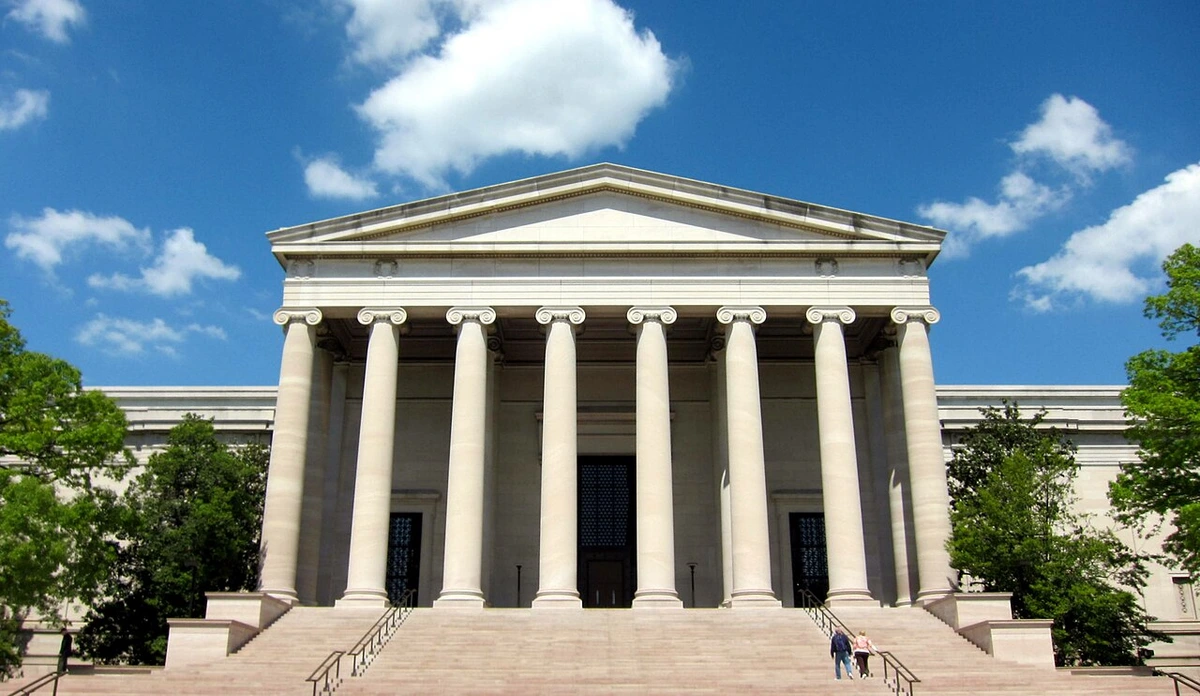
credit, licence is pure elegance and tenderness, a quintessential example of High Renaissance serenity. It’s a quieter piece compared to some of the others, but no less profound, embodying the serene humanism that defines his work. The way Raphael masterfully balances the composition, the gentle interplay of gazes between Mary and the children, the natural setting, the delicate touch of the goldfinch – it all exudes a serene beauty that always calms me, a welcome respite after the drama of Caravaggio, perhaps. It's such a beautifully composed moment of maternal love and innocence, a testament to his unparalleled ability to capture harmonious grace and ideal beauty. This piece truly feels like a warm, gentle embrace, a harmonious vision of humanity and divinity, a moment of perfect calm. It’s a perfect note to end this particular highlight tour.
Beyond the Main Halls: Unexpected Treasures and Deeper Dives
But the Uffizi’s magic doesn’t end with these iconic works; the true joy often lies in the discoveries made when you venture beyond the most celebrated rooms. It’s what makes it truly one of the best galleries in Florence, a place brimming with unexpected discoveries. So, let’s venture a little beyond the obvious, shall we? This is where your inner art explorer can really shine.
Tracing the Roots: Gothic and Early Renaissance Innovations
I always find myself drawn to the masters who came before the High Renaissance giants. You'll find captivating works by Florentine Gothic and Early Renaissance masters like Giotto and Cimabue. Their revolutionary approaches to depicting human emotion and space, moving away from flat, stylized Byzantine forms towards greater naturalism and three-dimensionality, laid crucial groundwork for everything that followed. Take a moment with Giotto's Ognissanti Madonna, for instance, and you’ll immediately sense a new solidity and emotional depth in Mary’s gaze and the figures around her, a radical departure for its time. Similarly, keep an eye out for works by Fra Angelico or Filippo Lippi, whose delicate palettes and developing perspectives bridge the gap between spiritual allegory and tangible human experience. They were, in essence, building the very stage upon which the Renaissance would perform. It's like seeing the roots of the tree before you admire its magnificent canopy.
The Allure of Mannerism: Art After Perfection
And speaking of pushing boundaries, you’ll start to notice the Mannerist style truly taking hold in rooms following the High Renaissance. This was a period of daring artistic experimentation, where artists, having seemingly mastered classical ideals, began to intentionally exaggerate, distort, and intellectualize forms. They often favored complex compositions, artificial colors, and emotional intensity. Think of it as the Renaissance getting a little restless, a little more dramatic, paving the way for what would come next. Look for works by artists like Bronzino or Pontormo, whose elongated figures, vibrant, sometimes unsettling, palettes, and often ambiguous emotional states will distinctly mark this stylistic shift. Bronzino’s Eleonora of Toledo with Her Son Don Giovanni is a prime example, showcasing the era's sophisticated, almost icy elegance and meticulous detail. It's a world away from Raphael's calm, and I find it endlessly fascinating how artists react to and build upon the 'perfection' of a previous era.
Venetian Grandeur: Titian's Venus of Urbino
Then, do yourself a favor and seek out Titian's breathtaking Venus of Urbino. This isn’t just a painting; it's a masterclass in Renaissance sensuality and color, a revolutionary depiction of the female form that laid the groundwork for countless later artists (think Manet's Olympia, for example). Its confident gaze and masterful use of Venetian color bridge the High Renaissance and early Baroque with an alluring ease that still captivates viewers today. For me, it’s a reminder of how audacious artists have always been, pushing boundaries and challenging conventions to redefine beauty.
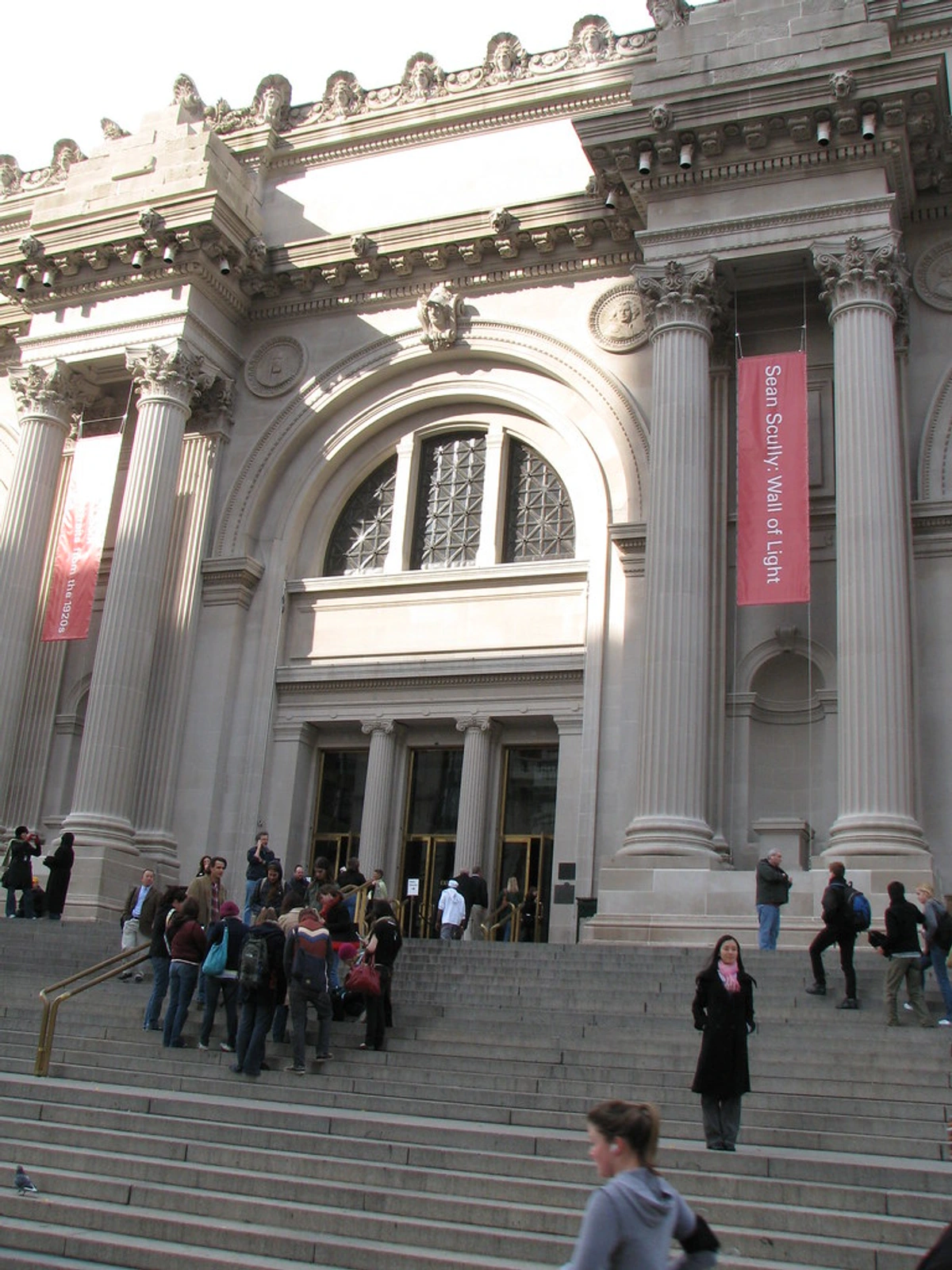
Baroque Drama and Beyond: More Than Just Caravaggio
Beyond these towering figures, you'll uncover a rich tapestry of art. While Caravaggio rightly steals the show with his raw drama, don't miss other powerful voices of the Baroque era. The Uffizi houses works by artists like Artemisia Gentileschi, whose intense narratives and masterful use of light and shadow, seen in powerful pieces like her Judith Slaying Holofernes (though the Uffizi version is in Naples, her style is represented through other powerful works), offer a fierce, compelling counterpoint to the more serene Renaissance pieces. Her focus on strong female protagonists and her personal story add another layer of profound impact to the era. For an even more intimate glimpse into the artistic mind, keep an eye out for the Uffizi’s renowned collection of self-portraits. It's a fascinating journey through the faces of artists across centuries, an intimate glimpse into how they saw themselves and their place in the world – a true inspiration for any artist, including myself, exploring self-expression.
And let's not forget the foundations! You’ll also discover a stunning collection of ancient Roman and Greek sculptures. These aren't mere decorative pieces; they were once the prized possessions of the Medici, displayed in their villas, and served as profound sources of inspiration for Renaissance artists, shaping their understanding of ideal human form and classical beauty. It's fascinating to see where the Renaissance masters drew their inspiration! It’s almost like a masterclass in influence.
The Tribuna: Medici's Cabinet of Curiosities
And definitely keep an eye out for the Tribuna, an opulent, octagonal room that served as the original, glittering heart of the Medici collection. Designed by Buontalenti, its precious marble, mother-of-pearl, and crimson velvet created a spectacular display cabinet for the family's most prized art and jewels—think classical statues like the Medici Venus, precious gems, miniature bronzes, exquisite cameos, and scientific instruments that glittered under the light. It was conceived as a "Wunderkammer," or "cabinet of curiosities," designed to overwhelm the senses and showcase the Medici’s refined taste and boundless wealth – a true precursor to modern museum display techniques and a profound statement on the art of collecting itself. For me, it’s a dazzling display of unparalleled artistic curation that tells its own story about power, sophisticated taste, and the very act of preserving beauty.
The Artist's Process: Prints and Drawings
And for us artists and enthusiasts, don’t forget to look for the Uffizi’s significant collection of Renaissance prints and drawings. These aren't just preparatory sketches; they offer an intimate, unfiltered glimpse into the artists’ creative processes, their initial ideas, their struggles, and their genius. For instance, seeing a preliminary sketch by a master like Leonardo or Michelangelo can be more revealing than the finished piece, a raw dialogue between mind and hand. While not always on permanent display in the main halls, special exhibitions or dedicated print rooms often showcase these treasures. It’s like peeking into their sketchbooks, seeing the very genesis of a masterpiece.
Preserving the Past, Shaping the Future
The Uffizi, you see, isn't just a repository of old art; it's a living institution, fiercely dedicated to preserving these wonders for generations yet to come, a constant dialogue between past and present. This dedication extends to active art conservation and research, where specialists meticulously restore artworks and scholars continually reinterpret their meaning. For visitors, this means the art you see today is as close as possible to the artist's original vision, protected for your experience and for the future, helping us understand the very materials and methods the masters used. It's also a hub for art criticism and scholarship, continually reinterpreting these timeless works and playing a crucial role in art conservation and research, helping us understand the very materials and methods the masters used.
Connecting with Florence: Beyond the Walls of Art
Beyond the individual brushstrokes and the sheer weight of history, the Uffizi offers an entire sensory experience that extends beyond the canvases. These are the moments where the gallery truly connects with the city it calls home, and with you. Remember, the art here isn't just in Florence; it's of Florence, deeply embedded in its cultural fabric. Many pieces were created for churches or noble families within walking distance, reflecting the city's unique blend of spiritual fervor, mercantile ambition, and artistic innovation.
The Vasari Corridor: A Whisper of Medici Power
You'll almost certainly hear whispers, or catch glimpses, of the Vasari Corridor. This isn't just a walkway; it’s an elevated, enclosed passageway designed by Vasari himself, connecting the Uffizi to the Pitti Palace across the Arno. Built by the Medici, it allowed them to move freely and securely between their residence and government offices – a tangible symbol of their immense power and paranoia, a secret pathway above the bustling city. While public access is currently very limited (it's often closed or only accessible via special, pre-booked tours – always, always check the official Uffizi website!), its very existence, its graceful arc over the Ponte Vecchio, is a powerful reminder of the incredible history and private power that once flowed through these very walls. It’s a silent, architectural witness to centuries of Florentine drama, and even if you can't walk through it, appreciating its strategic brilliance from afar is a key part of understanding Florence's past.
Views from the Windows: Florence Unveiled
And please, please, don’t forget to look out! The Uffizi’s windows offer some of the most absolutely stunning, unparalleled views of Florence. Gaze over the shimmering Arno River, spot the ancient, jewellery-laden Ponte Vecchio, or just take in the terracotta rooftops and bustling piazzas below. These moments of visual respite are, I find, often just as rewarding as the art itself. It’s a chance to connect the sublime art inside with the very city that inspired so much of it, grounding the masterpieces in their original, vibrant context. I often find myself imagining the countless artists, like me, who have gazed upon this very vista, finding inspiration in every terracotta rooftop and shimmering river bend. This city, after all, is a muse in itself. For an even richer experience, consider how your Uffizi visit fits into a broader exploration of Florence's best galleries and historical sites – they all tell a connected story.
Pace Yourself, Embrace the Pause
This isn't a race, dear friend, it's a pilgrimage. You'll find benches scattered throughout the gallery, almost inviting you. Use them. Find a masterpiece you love – or even one that just sparks a flicker of curiosity – sit down, and just look. Let it speak to you. In these quiet moments, I often think about my own artistic journey – how these masters wrestled with their materials, how they found their voice, and how it still inspires me. It’s a connection that bridges centuries, reminding me why I create art at all. Perhaps you’ll find a similar spark, perhaps a quiet moment of reflection on the grandeur of human creativity. It’s a feeling I try to capture in my own work; you can explore my Art for sale on my website. You can also learn more about my journey and influences on my artist timeline. I also find myself drawing parallels to how I envision my own museum in 's-Hertogenbosch, focusing on creating spaces for contemplation and connection.
Your Burning Questions Answered (My Uffizi FAQ)
How long should I budget for a visit?
Realistically, for a focused first visit where you want to hit the absolute highlights and perhaps spend a little extra time with a few favorites, I'd say a solid 2 to 3 hours. If you're an art historian or want to absorb absolutely everything, you could easily spend half a day or more. My top tip: don't try to see it all. If you have limited time and can only see a few rooms, I'd recommend making a beeline for Botticelli's room, followed by Leonardo and Michelangelo. Those three areas alone offer a magnificent, concentrated dose of Renaissance genius.
Uffizi Quick Must-See List (for the time-crunched):
- Botticelli's The Birth of Venus: Ethereal beauty, groundbreaking nude.
- Leonardo da Vinci's Annunciation: Early genius, sfumato in its infancy.
- Michelangelo's Doni Tondo: Sculptural painting, vibrant Mannerist shift.
- Caravaggio's Medusa: Visceral drama, master of tenebrism.
- Titian's Venus of Urbino: Venetian sensuality, influential reclining nude.
What's the best way to navigate the gallery without getting lost?
Ah, the classic museum maze! My advice is to grab a map at the entrance – they're usually free and invaluable. The Uffizi's U-shape means it generally flows in one direction, so try to follow the numbered rooms sequentially. Don't be afraid to double back for a second look at a favorite piece, but generally, resist the urge to stray too far off the main path unless you have ample time. And remember, those security guards are there to help if you truly lose your bearings; they've seen it all!
Are audio guides worth it?
If you love detail and context, absolutely. I find them incredibly useful for understanding the stories behind the art and the artists themselves. Many offer different tracks now, too – some are curator-led, others focus on specific themes or even an artist's personal journey. It’s like having a knowledgeable friend whisper insights in your ear, and they can deepen your appreciation a whole lot. That said, some people prefer to just wander and react intuitively, which is perfectly valid too.
Are guided tours worth it?
For a first-timer who wants to hit the ground running with expert insights, a guided tour can be invaluable. It’s a different experience than an audio guide – more interactive, with a live person to answer questions and point out details you might otherwise miss. There are official Uffizi tours, and many private companies offer specialized tours (e.g., focus on women artists, or a specific period). Just make sure to book in advance with a reputable provider.
What about bags and the cloakroom?
Yes, absolutely. Think airport-level security, but for art! Small bags are generally fine, but larger backpacks, bulky items, and even umbrellas will need to be checked in the free cloakroom. It’s a good idea to travel light to avoid any hassle and speed up your entry. In my experience, the cloakroom service is usually very efficient, so don’t worry about delays, just plan ahead. They're very serious about protecting these treasures, and rightly so.
Is photography allowed?
Generally, yes, photography without flash is allowed for personal use. But always be mindful of other visitors and the art itself – no selfie sticks blocking masterpieces, if you catch my drift. And while personal cameras are fine, remember that professional equipment, tripods, or large lighting setups are usually prohibited without special permits. Be respectful, please.
Is the Uffizi accessible?
Yes, the Uffizi Gallery is generally accessible with elevators and ramps available for visitors with mobility issues. It's always a good idea to check their official website for the most up-to-date information on accessibility services before your visit.
Can I bring food or drinks inside?
Generally, no food or drinks are allowed inside the exhibition halls themselves, beyond perhaps a sealed water bottle. There is often a cafe or refreshment area on-site where you can take a break. It's best to finish any substantial snacks or meals before you enter the main gallery spaces.
A Final Thought from Your Unofficial Guide
The Uffizi isn’t merely about the art adorning its walls; it's a profound invitation to connect with centuries of human creativity, passion, and sheer, audacious ambition. For me, it's a constant, exhilarating reminder of how art transcends time, whispering across generations, sparking new ideas, and often, revealing a bit more about ourselves. It's a place that gently urges you to slow down, to truly look, and to let the incredible stories of these works unfold before you. Trying to absorb it all at once is like trying to catch mist in a sieve – impossible and frustrating. Instead, embrace the moments of pause, allow a few chosen masterpieces to really sink in. Go with an open mind, a truly comfortable pair of shoes (your feet will thank me!), and maybe just a little extra awe tucked into your heart. You absolutely won't regret it. This pilgrimage has, time and again, reshaped my own artistic perspective, reminding me of the timeless dialogue between artist and viewer, and the enduring power of creation. This enduring dialogue, the wrestling with materials and finding a voice, inspires me greatly; it often influences my own Art for sale and even how I envision spaces like the museum in 's-Hertogenbosch. It’s an experience that truly stays with you, shaping your understanding of art and perhaps, even nudging your own creative spirit awake. Enjoy every magnificent moment of it.

credit, licence




